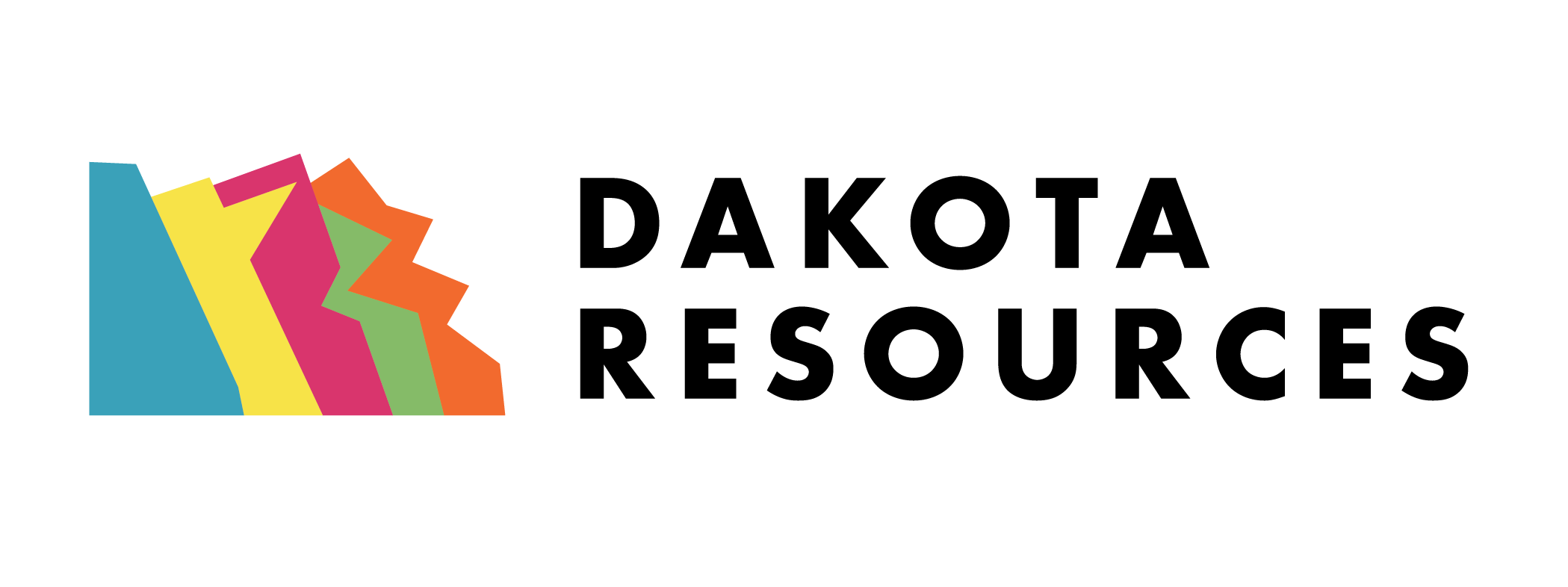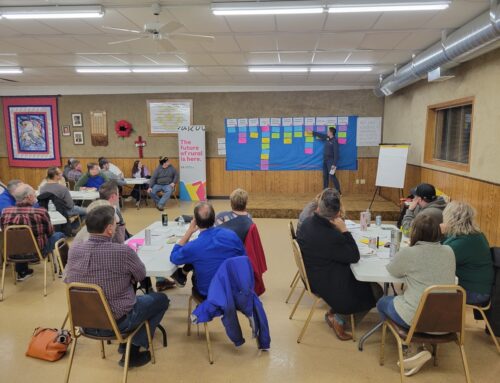Survey Says Series: The Impact of Public Policy to Build Thriving Rural Communities
Community and economic development work is often complex and can mean many different things. For this reason, Dakota Resources continues to survey our constituents in order to take stock of rural development work in and around South Dakota.
In August 2021, Dakota Resources conducted the Climate of Community and Economic Development survey, and participants primarily included community and economic development organizations from across the state of South Dakota (you can download the final report from the 2021 survey here). Then, in late 2022, Dakota Resources engaged stakeholders in part two of this survey (which can be downloaded here) in order to assess the building blocks of a thriving rural community and gather statistics around what economic development organizations throughout the state are doing when it comes to economic development in their service area.
In the spring 2023 issue of the newsletter, we analyzed survey findings in two areas – sharing the responsibility for economic development work, and sharing the story of economic development and community-driven impacts – both of which are part of the Thriving Community Blueprint, a model that presents a framework of priorities within which community leaders communicate their work and develop strategies to collaborate with other organizations.
In this issue, we’re excited to share insights regarding public policy and how engaging in public policy work can support housing infrastructure development and quality of life in rural communities as a whole.
1. What is your organization’s role in public policy, and what public policies are in place in your service area?
Survey Says: First, survey respondents were asked to select whether their organization is “primarily responsible” for public policy in their service area. Respondents were alternatively able to rank public policy as a “secondary” responsibility, meaning that they engage in this work, but also partner with other organizations to assess and support their community’s needs.
Our study found that 21% of survey respondents listed public policy as a primary responsibility, while 23% of survey respondents listed it as a secondary responsibility.
Additionally, 17 out of 39 survey respondents shared the public policies that are in place in their service areas. Let’s break down the results:
- 88% of respondents report utilizing a TIF (tax-increment financing) in their community to spur economic growth.
- While 76% of respondents have implemented discretionary tax formulas to support housing improvements and business development, 53% of respondents have implemented the second penny city sales tax and/or Municipal Gross Receipts Tax.
- When it comes to investing in key public policies that also support other building blocks in the Thriving Community Blueprint, 76% report efforts to invest in quality of life and recreational amenities, and 53% of respondents are making investments in workforce attraction and retention activities.
- Another aspect of public policies that impact community development involve demolishing dilapidated houses and buildings (65% of respondents) and beautification and facade improvements as part of local Main Street initiatives (53%).
What This Means: Most survey respondents do not identify public policy as a priority for which they are primarily or secondarily responsible. However, it’s interesting to note that when it comes to the public policies that are in place in a given service area, the majority of respondents are using policies that impact and support the work that’s being done in other building blocks of the Thriving Community Blueprint.
For instance, while less than one-quarter of respondents reported public policy as a primary or secondary responsibility, nearly three-quarters of respondents have relied upon tax-increment financing (TIF) or other discretionary tax formulas to support other building blocks. In particular, public policies can impact housing solutions (a primary responsibility for 77% of respondents) and business development, which encompasses both new business attraction (a primary responsibility for 92% of respondents) and existing business development (a primary responsibility for 82% of respondents).
And while economic development professionals and organizations are owning a lot of the work in their communities, it remains a purposeful task to advocate for public policy initiatives and to cultivate partnerships with city, county, statewide, or community stakeholders who can share in this work.
“It truly takes a collaborative effort to build strong communities, and that involves bringing together the right people and the right organizations to accomplish our shared goals,” said Mike Knutson, Learning Network Orchestrator and Community Coach for Dakota Resources.
2. What are key public policies that your organization is advocating for?
Survey Says: Survey respondents identified two main public policy priorities at play in their service areas. First, 82% of respondents are advocating for public policies to support quality housing initiatives, a priority that echoes state and national trends.
Another key public policy that respondents to Dakota Resources’ Climate of Community and Economic Development survey noted is education and daycare, which 65% of respondents noted as a priority.
Trends: According to the Pew Research Center, the availability of affordable housing continues to be a major problem for Americans. “In October 2021, about half of Americans (49%) said this was a major problem where they live,” which is an increase by 10 percentage points when a similar survey was conducted in early 2018.
Additionally, increasing the availability and access to quality education and daycare is a public policy priority for a wide variety of stakeholders on both a local, statewide, and a national scale. For families living in rural areas, the Associated Press reports that rural childcare shortages are more common and more acute: “59% of rural communities are child care deserts, compared to 56% of urban and 44% of suburban communities.”
And while the city of Sioux Falls recently engaged a 90-member Childcare Collaborative to gather data on the access and affordability of childcare within the city limits, a 30-member working group in Chamberlain and Oacoma is also investigating community-wide solutions to fulfill the demand for childcare and early learning opportunities. In particular, the Lake Francis Case Development Corporation is partnering with the Barger Foundation to develop strategies to spend a $30,000 grant to increase childcare opportunities in the region.
“Childcare and early education really are complex public policy issues that will require sacrifices and a long-term focus from local and state institutions,” said Paula Jensen, Senior Vice President and Community Coach at Dakota Resources. “The Lake Francis Case Development Corporation and Barger Foundation have partnered to make some quick decisions that will help alleviate the seriousness of the problem in the near future, while they continue to work toward some innovative long-term solutions for their communities.”
**TAKE ACTION: Ready to dive into the Climate of Community and Economic Development survey results? If so, we encourage you to download your copy of the report here.**






